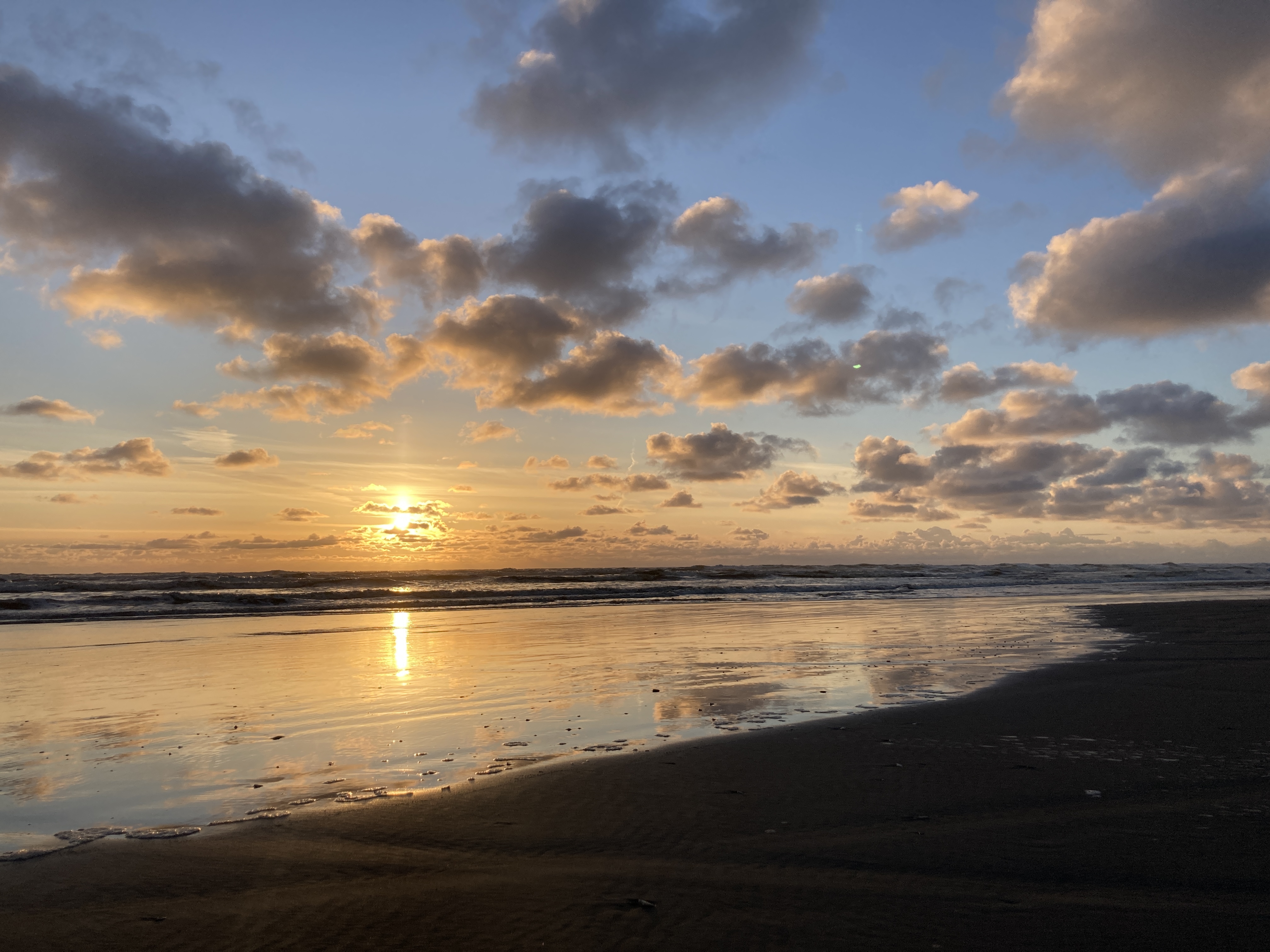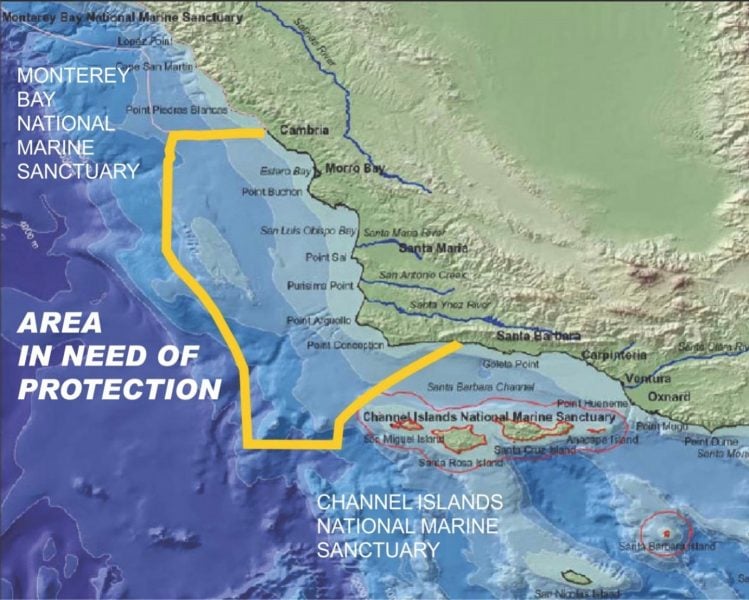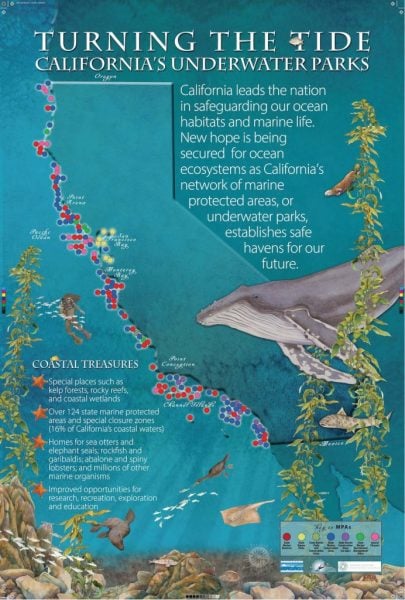
Chumash Heritage National Marine Sanctuary
Help Protect the Ocean Between Cambria and Santa Barbara!⠀⠀⠀⠀⠀⠀⠀⠀⠀
⠀⠀⠀⠀⠀⠀⠀⠀⠀
Your help is needed to show this area continues to have significant ecological, historical, cultural, recreational, economic, and archaeological significance and deserves to become a sanctuary!
⠀⠀⠀⠀⠀⠀⠀⠀⠀
The Chumash Heritage National Marine Sanctuary nomination was up for review, and with your help we convinced NOAA that it deserves to become a sanctuary! Our nomination was renewed in 2020, which makes it highly likely that the CHNMS will ultimately be approved!
The Sanctuary
The Sanctuary will protect the coastal waters off of SLO County, and their ecological, cultural, recreational, economic, and archaeological resources. It will conserve and manage these coastal resources to protect them from potential threats.⠀⠀⠀

Chumash Heritage National Marine Sanctuary
About Marine Protected Areas
In 2012, California became the first state in the nation to establish a network of marine protected areas (MPAs) – similar to national parks and forests on land – to protect and restore ocean habitats, and increase the health, productivity and resilience of ocean ecosystems.
This resulted from 1999’s California Marine Life Protection Act (MLPA) For the implementation phase of the MLPA, California’s 1,100-mile coastline was divided into five regions. In each region, local stakeholders, scientists and policy experts worked together to decide how best to create that area’s MPAs, ultimately creating over 120 underwater refuges along California’s coast from the Oregon border to Mexico. Surfrider Foundation was an integral part of the process throughout.
Our Ocean Protection program includes grassroots campaigns to establish and support Marine Protected Areas (MPAs), oppose new offshore oil drilling and seismic testing, participate in regional ocean planning, and ensure renewable ocean energy does not damage our ocean. Our current campaign supports the designation of the Chumash Heritage National Marine Sanctuary (CHNMS), which will balance protection with recreational use, enhance coastal recreational opportunities, and protect water quality.
On October 5, 2015, National Oceanic and Atmospheric Administration (NOAA) approved the proposal for the CHNMS, and added it to the inventory of successful marine sanctuary nominations. The next step happens when NOAA begins the designation process for the CHNMS.
To add your name to the supporter list and sign the petition asking NOAA to begin the designation process of CHNMS, please go to the Chumash Sanctuary website (https://chumashsanctuary.com) and sign the petition and join the supporter list. The recent letter by Julie Packard, Executive Director of the Monterey Bay Aquarium, to Dr. Kathryn Sullivan, Under Secretary of Commerce for Oceans and Atmosphere and NOAA Administrator asks NOAA to commence the designation process for the CHNMS by the end of 2016 and is posted on the Chumash Sanctuary website.
Marine Sanctuary Alliance
Why we need a National Marine Sanctuary to include the waters of San Luis Obispo County
- The coast of San Luis Obispo County deserves the same level of protection, research and stewardship that the greater Monterey Bay area currently enjoys. A 1990 proposal demonstrated that the waters of the Central Coast meet the standards set forth in section 303(a) of the National Marine Sanctuaries Act.
- The Monterey Bay National Marine Sanctuary, established in 1992, is the largest and most geographically diverse National Marine Sanctuary in the United States, extending from the Marin Headlands to the Cambria coast. It has served to enhance public awareness and understanding of marine resources, supported and help fund scientific research, allowed local stakeholders to discuss and present a united position on matters of mutual concern (including but not limited to oil and gas exploration and development, ocean dumping, marine mammal issues, cruise ship activities and other enterprises that use ocean resources); and facilitated a proactive approach to ocean protection.
- The National Oceanic and Atmospheric Administration has received more than 500 pages of supplementary materials supporting this protection for the waters of the Central Coast in recognition of nationally significant oceanographic, geological, biological and archaeological characteristics.
- Ongoing pressures to use the waters of the SLO Coast for oil and gas exploration and ocean dumping of toxic runoff are a direct consequence of the lack of National Marine Sanctuary protection and emphasize the need to secure such protection via the most expedient means available: extension of the southern border of the existing sanctuary via an update of the Sanctuary’s management plan, rather than attempting to create a separate sanctuary by an act of Congress, which could take ten years or more.
- The SLO Section of the MBNMS will have a local Coordinator, Advisory Council and Management Plan. Local stakeholders — voting members representing a variety of local user groups, the general public, and local, state and federal governmental jurisdictions – will develop and implement the management plan and govern the SLO Section of the MBNMS under the terms of the National Marine Sanctuary Act.
Resources

